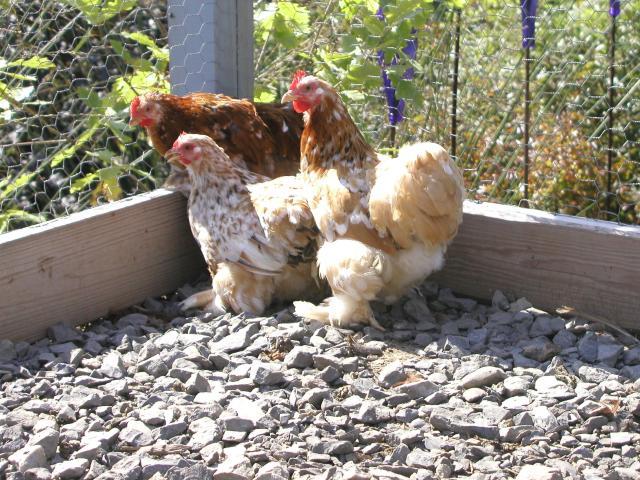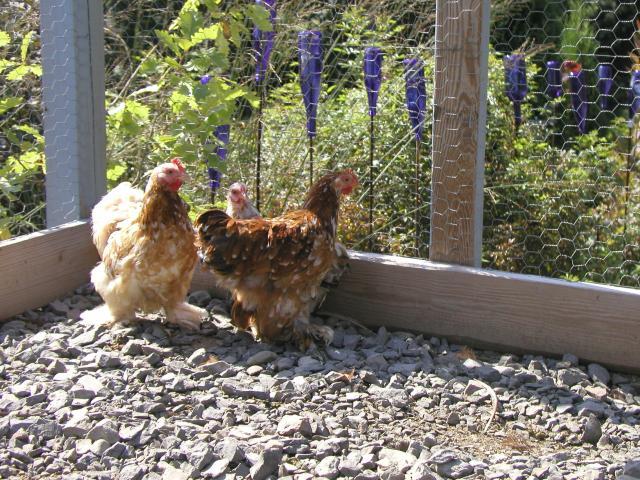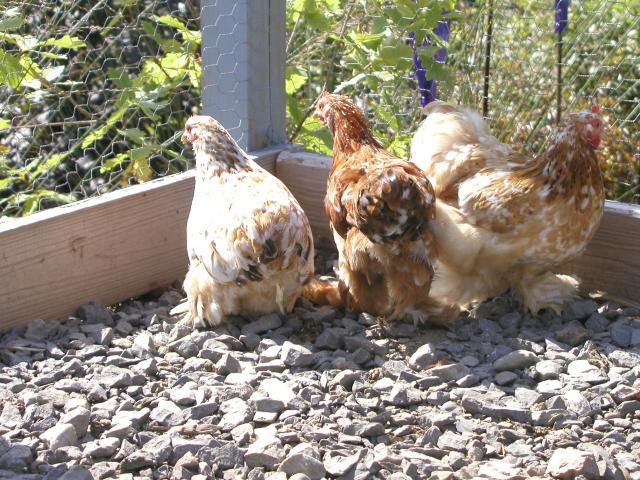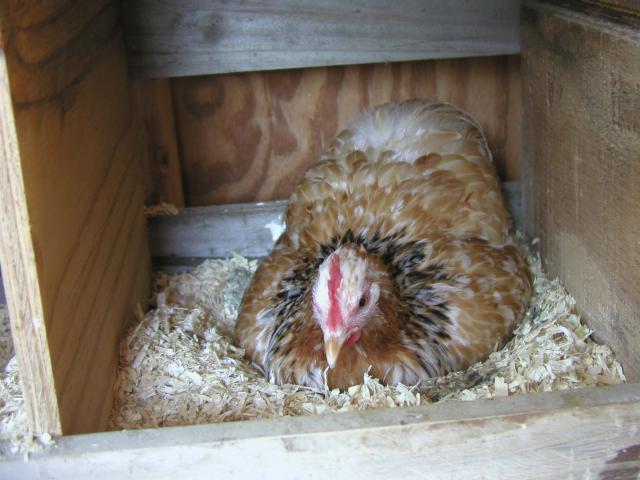Quote:
Yes, the down color does mean something. However, chicks with at least three different patterns of down color can all make good mille fleur adults.
The chick down color gives you a clue as to what E allele the chick has. "E" is one of the basic color/pattern genes. There are several alleles in the E series. Mille fleur can be based on either wheaten, duckwing, or partridge E alleles.
E(Wh) -- wheaten -- will produce chicks with yellow down.
e+ -- duckwing -- will produce chicks with chipmunk striped down.
e(b) -- partridge -- I don't quite have a firm grasp on this one yet, but my impression is of a variety of muddy patterns in the down. Somebody will have to correct me on this one!
Anyway -- if your chicks are just beginning to feather out, it is waaaaay too soon to know how they will look as adults. The mille fleur pattern takes months and months to fully develop. So have patience, and enjoy all the changes the chicks will be going through as they grow up!
Yes, the down color does mean something. However, chicks with at least three different patterns of down color can all make good mille fleur adults.
The chick down color gives you a clue as to what E allele the chick has. "E" is one of the basic color/pattern genes. There are several alleles in the E series. Mille fleur can be based on either wheaten, duckwing, or partridge E alleles.
E(Wh) -- wheaten -- will produce chicks with yellow down.
e+ -- duckwing -- will produce chicks with chipmunk striped down.
e(b) -- partridge -- I don't quite have a firm grasp on this one yet, but my impression is of a variety of muddy patterns in the down. Somebody will have to correct me on this one!
Anyway -- if your chicks are just beginning to feather out, it is waaaaay too soon to know how they will look as adults. The mille fleur pattern takes months and months to fully develop. So have patience, and enjoy all the changes the chicks will be going through as they grow up!






